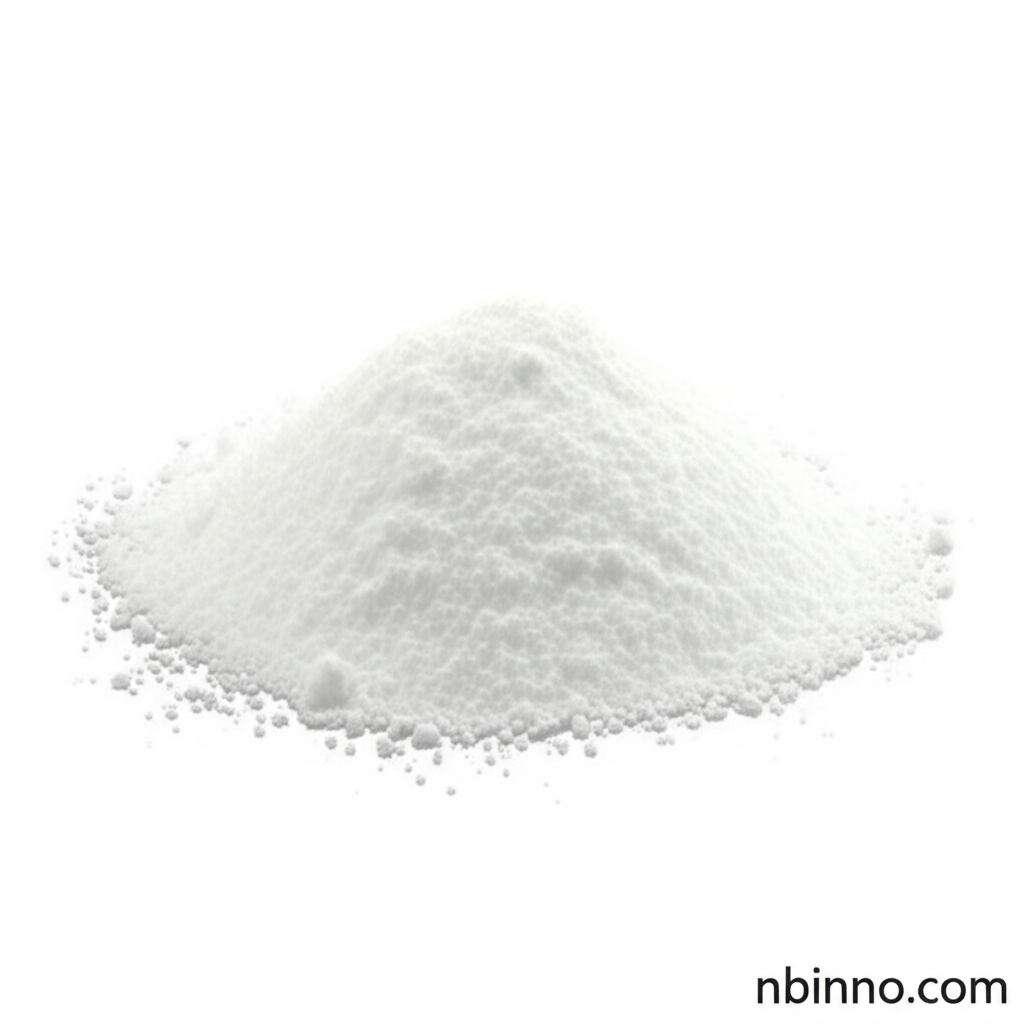Picolinic Acid (CAS 98-98-6): A Versatile Fine Chemical for Diverse Applications
Explore the key properties, synthesis, and wide-ranging applications of Picolinic Acid, a vital compound in pharmaceuticals and beyond.
Get a Quote & SampleProduct Core Value

Picolinic Acid
Picolinic acid, also known as pyridine-2-carboxylic acid, is a crucial organic compound widely recognized for its utility as a pharmaceutical intermediate and a potent chelating agent for essential trace elements. Its unique chemical structure enables it to bind with minerals like chromium, zinc, manganese, copper, iron, and molybdenum, enhancing their bioavailability and facilitating their absorption within biological systems. This characteristic makes it invaluable in nutritional supplements and therapeutic formulations. Furthermore, its role extends to being a key precursor in the synthesis of various herbicides and a valuable reagent in organic chemistry.
- Leverage Picolinic Acid as a pharmaceutical intermediate to develop novel therapeutic agents, supporting complex synthesis pathways.
- Utilize Picolinic Acid's potent chelating properties for trace element supplementation, enhancing nutrient absorption and bioavailability.
- Incorporate Picolinic Acid into your processes as a versatile reagent for organic synthesis, including its role in the Hammick reaction.
- Understand the critical applications of Picolinic Acid in the development of herbicides, contributing to agricultural advancements.
Key Advantages
Enhanced Bioavailability
The ability of Picolinic Acid to chelate vital trace elements significantly improves their absorption and utilization by the body, addressing deficiencies and supporting overall health. This makes it a key component for nutritional supplements.
Versatile Synthesis Building Block
As a fine chemical, Picolinic Acid serves as a critical building block in the synthesis of diverse organic compounds, including important pharmaceutical intermediates and precursors for agrochemicals like herbicides.
Broad Chemical Reactivity
With established reactions like the Mitsunobu and Hammick reactions, Picolinic Acid offers predictable reactivity for synthetic organic chemists, enabling the creation of complex molecular structures.
Key Applications
Pharmaceutical Intermediates
Used in the synthesis of various pharmaceutical compounds and active pharmaceutical ingredients (APIs), contributing to drug development and manufacturing processes.
Nutritional Supplements
Acts as a chelating agent to enhance the absorption of minerals like zinc and chromium, making it a popular ingredient in dietary supplements for improving mineral bioavailability.
Agrochemicals
Serves as a precursor for the development of herbicides, such as clopyralid and picloram, playing a role in modern agricultural solutions.
Laboratory Reagents
Employed as a reagent in organic synthesis and research, facilitating various chemical transformations and studies.
